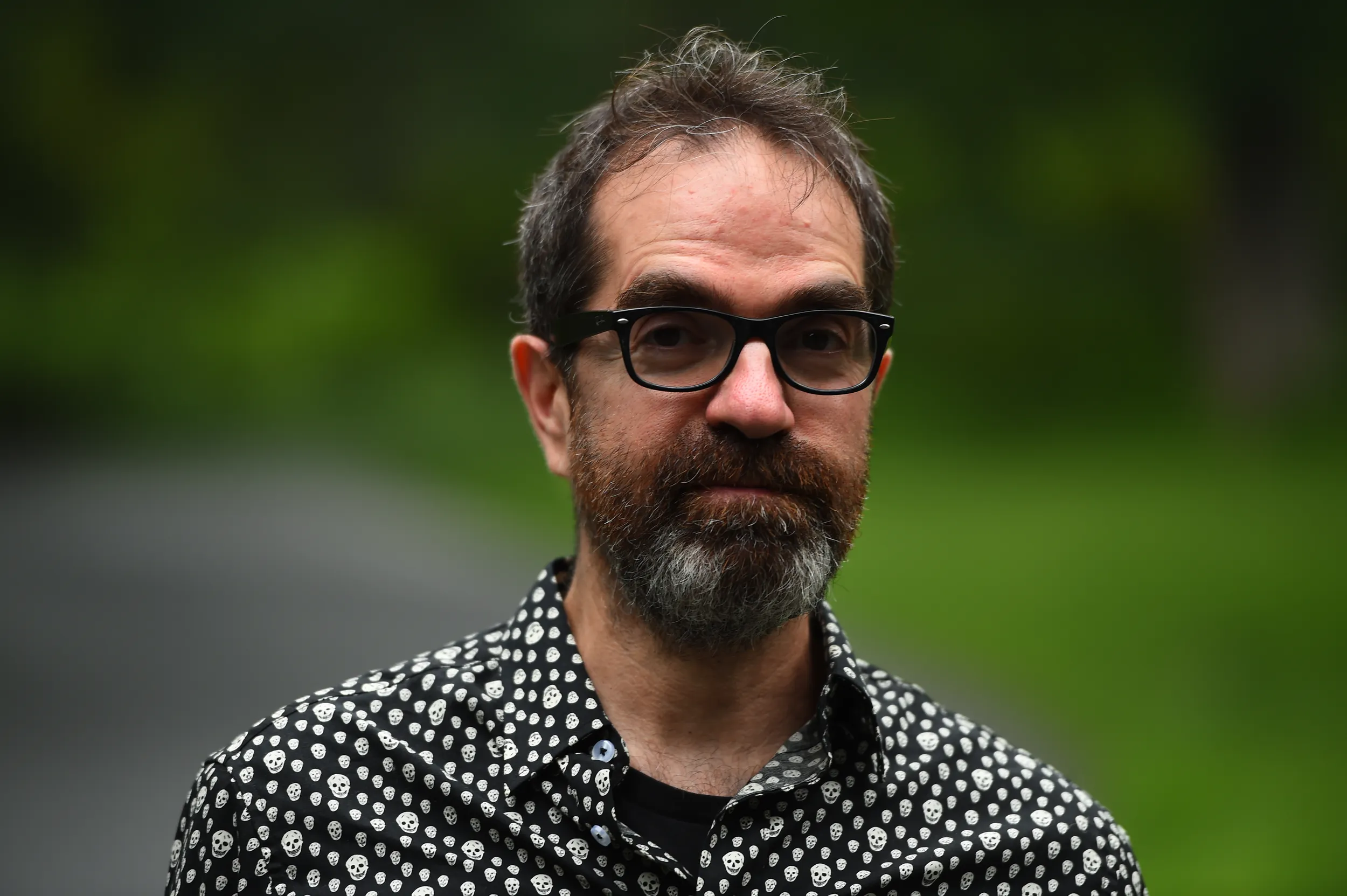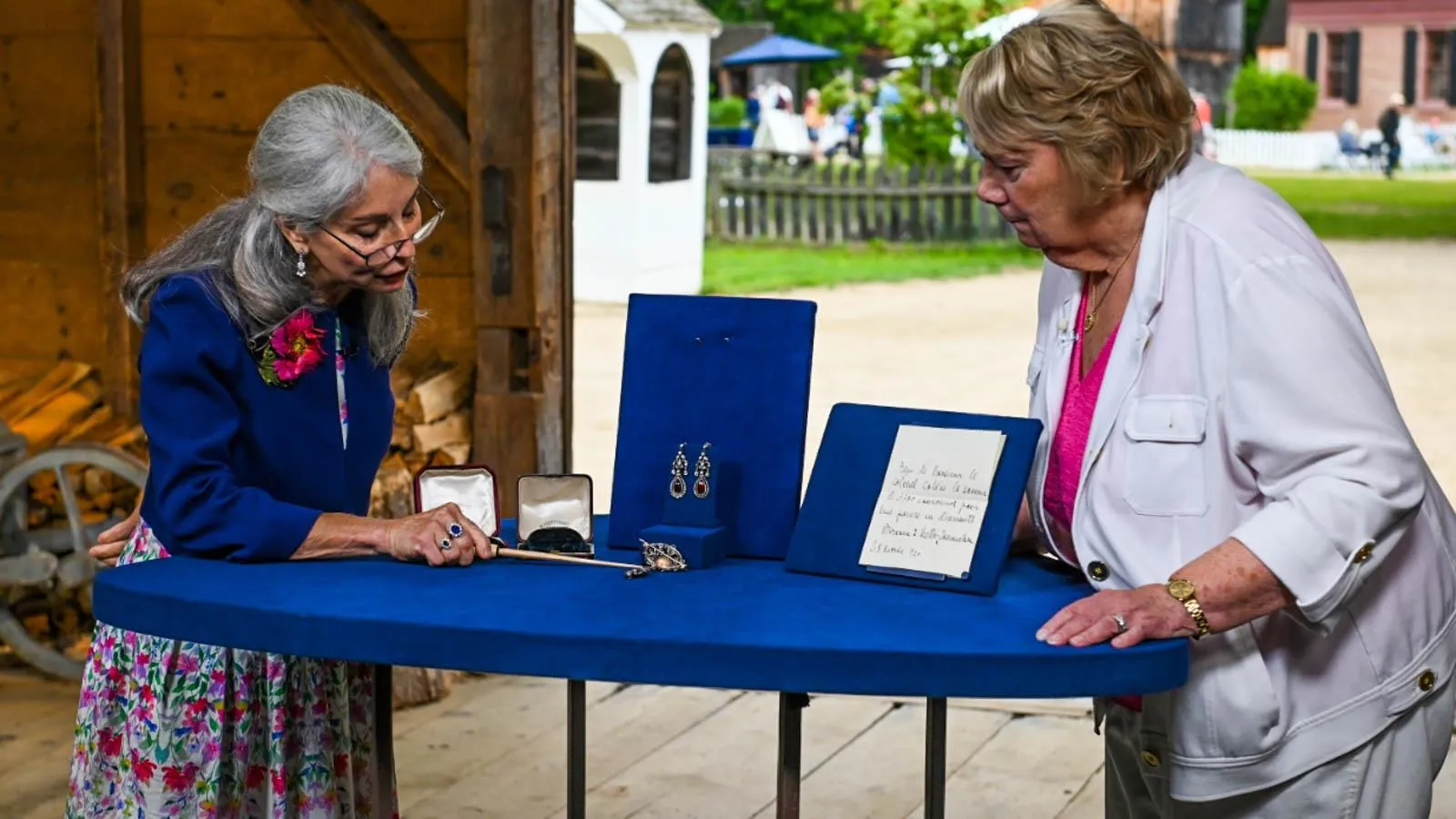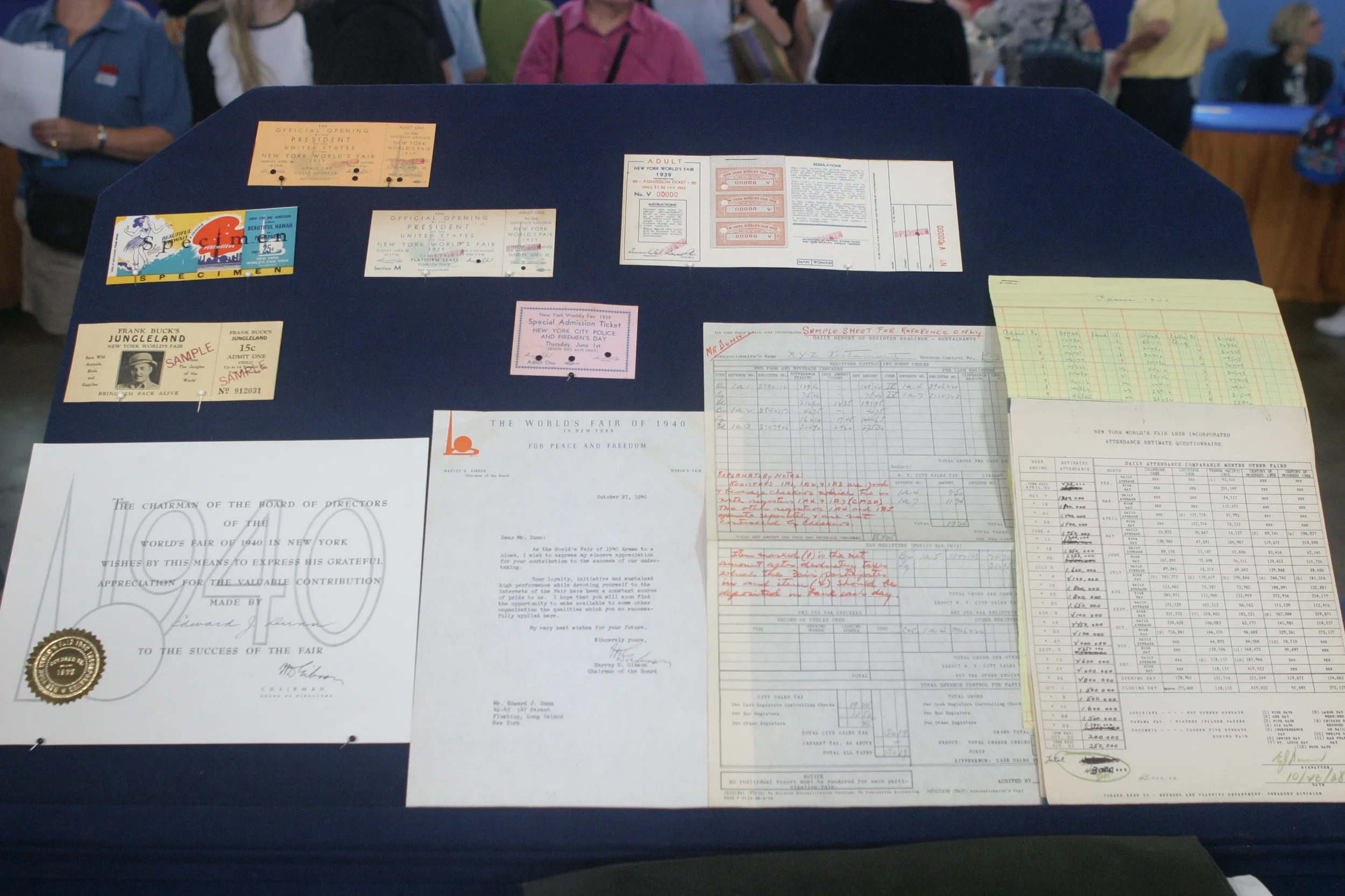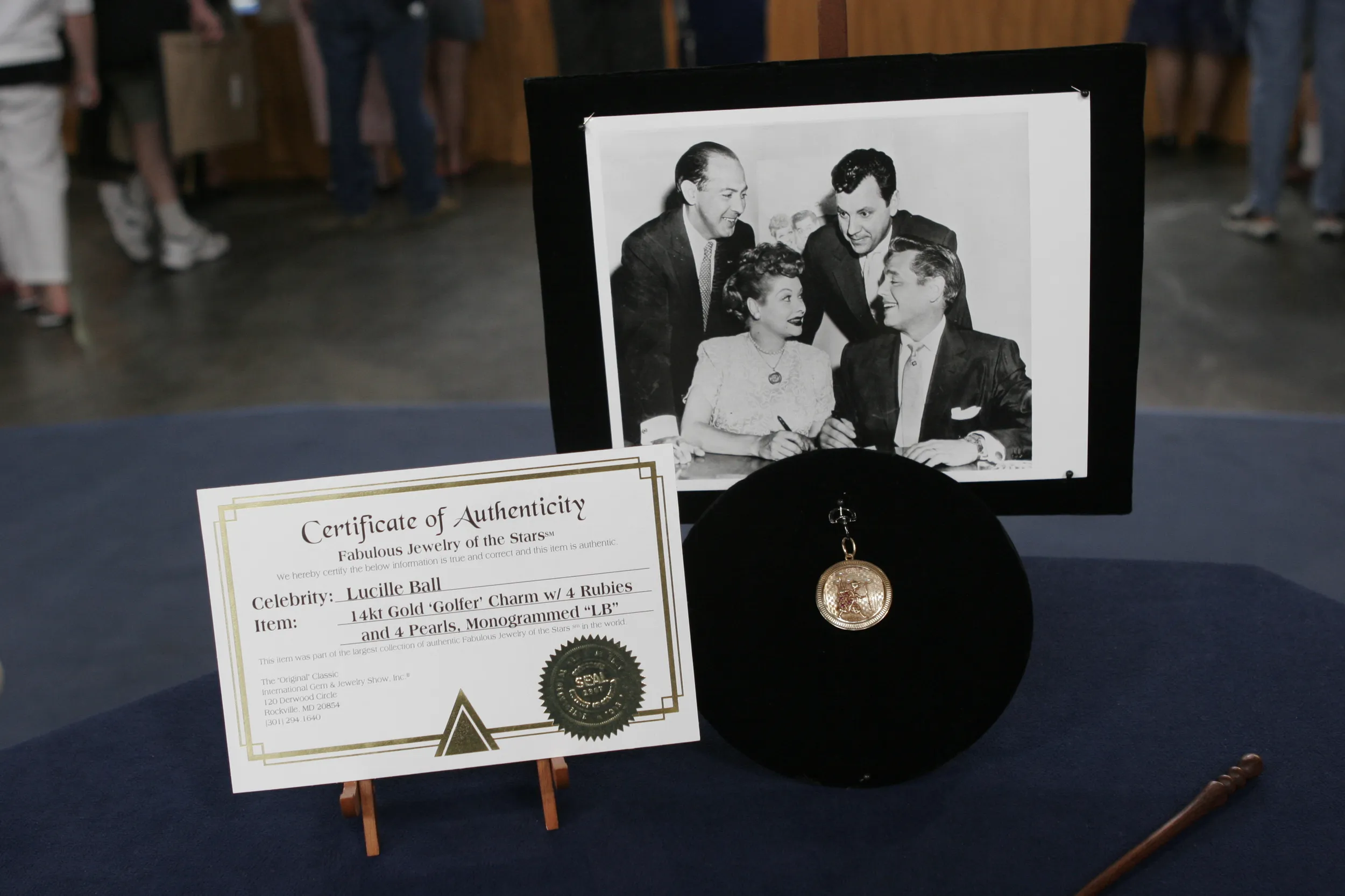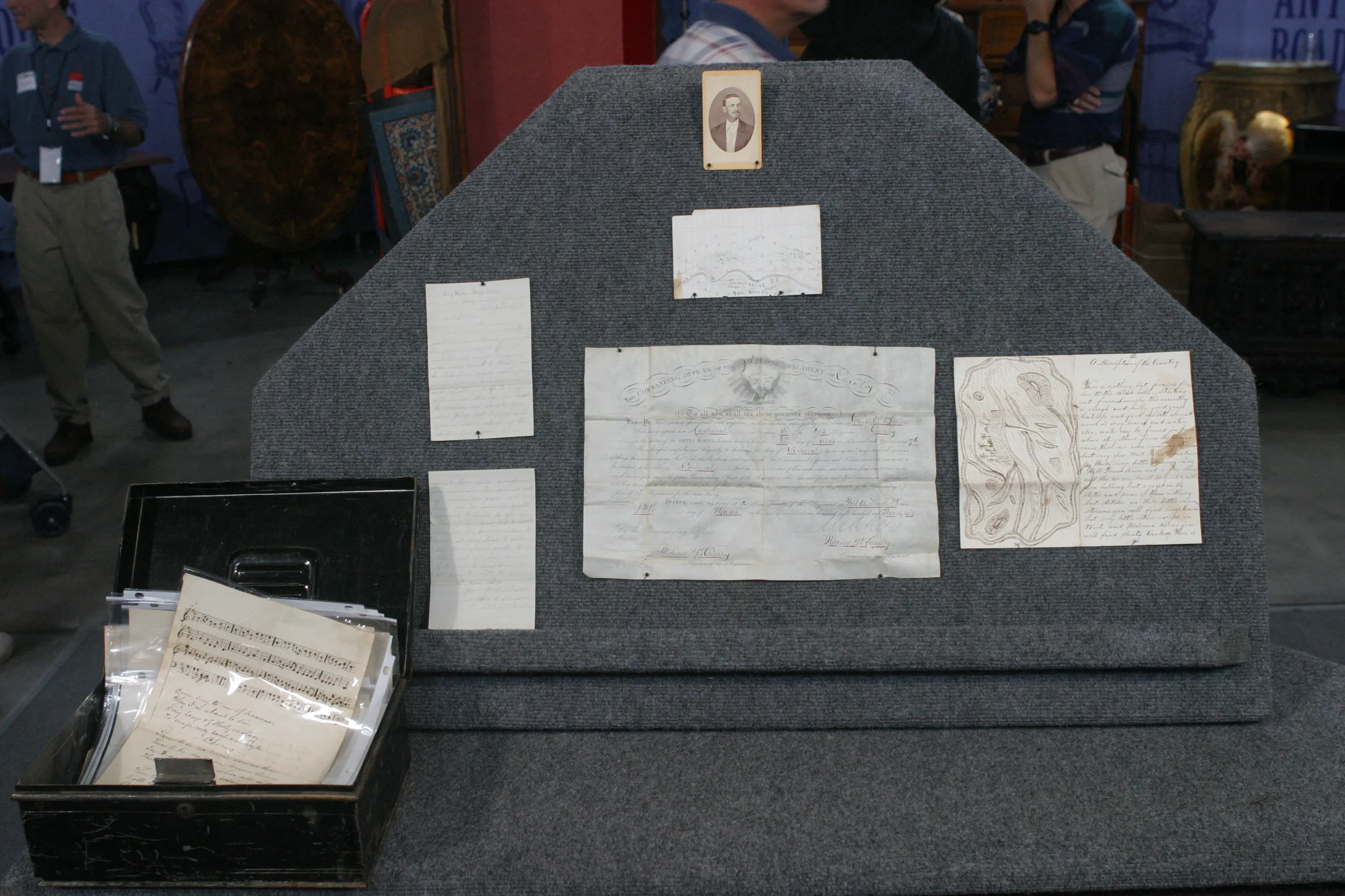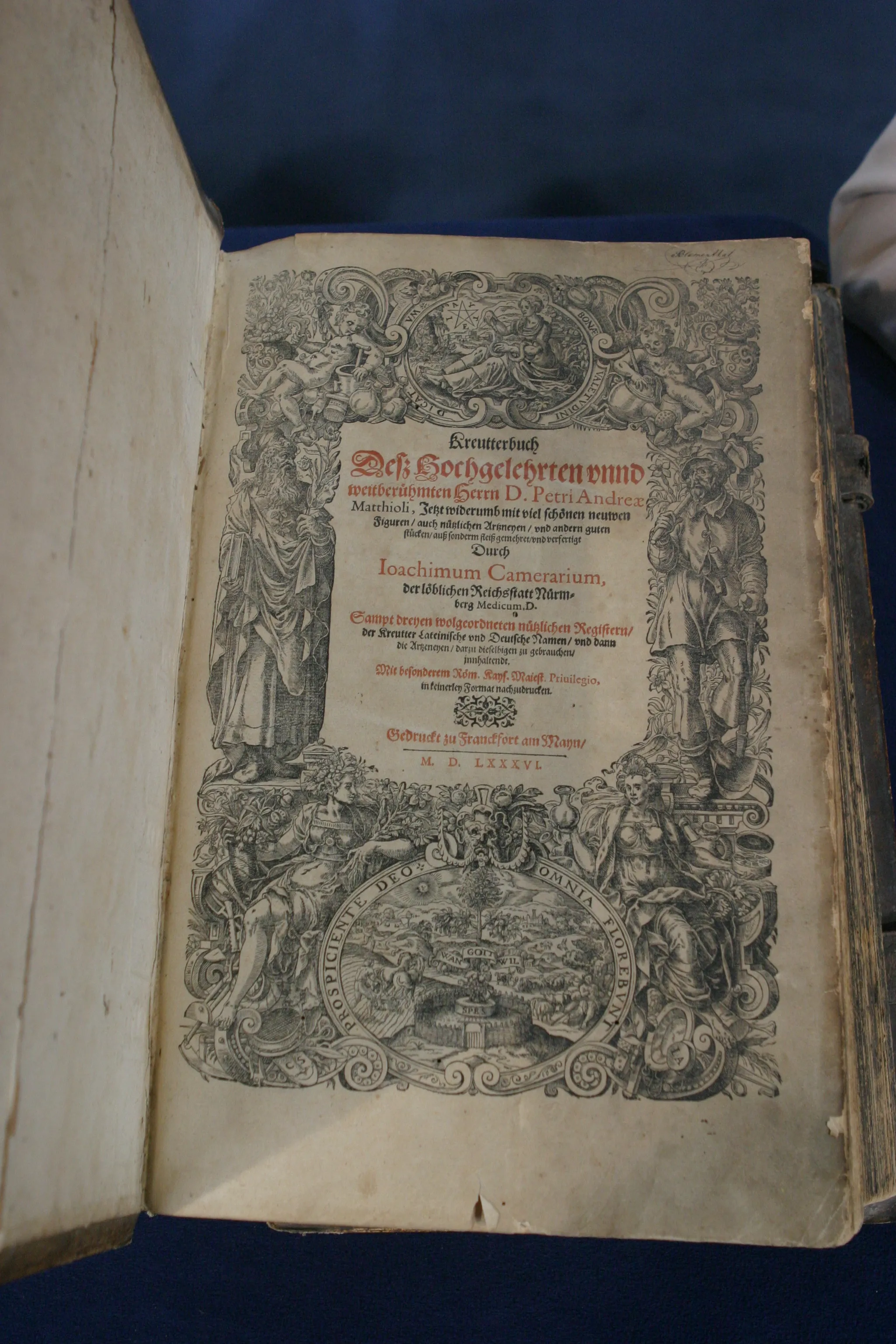GUEST: According to my grandmother, who wrote a little note about it, it is a prototype invention-- the first paper copier ever made.
APPRAISER: Okay.
GUEST: According to her note, it was done by Thomas Edison. My grandfather didn't get it to work at one time.
APPRAISER: It is in fact an Edison-invented item. It's not a prototype, it's, it's...
GUEST: Mm-hmm.
APPRAISER: It's actually a production piece. It would have been made along with many others of its type, and it was originally marketed as the
autographic press. It's called an electric pen.
GUEST: Ah.
APPRAISER: But it technically isn't a pen in that, in that it writes with ink. It is a device which makes micro perforations in paper, and you would hold it like a pen. So let's say you wrote a letter in pen, right? You would take this device and write over it again. And as you wrote over it, following the
lines of the writing, it would make little micro perfs into the paper, okay?
GUEST: Uh-huh.
APPRAISER: Once you finished that, you would take that piece of paper and you would take it to a special press where you would ink it, and it, it would, like a silk screen, it would press the ink through, and voilà, you would have a copy of that letter. A copy! So it sounds crazy-complicated, right? And it kind of was. (chuckling) In its day, Edison claimed you could make up to 5,000 copies from one microperfed letter. A lot of them were sold, and the patent date was 1876. They were sold to about 1880.
GUEST: Mm-hmm.
APPRAISER: And then what started happening was, a lot of other inventions came along where, "Hey, we can do it this way, we can do it that way." And then there's this thing called the typewriter, which also kind of really blockbusted the market...
GUEST: Yeah.
APPRAISER: ...and made this rather obsolete. The simple function of it is that there's an, you have an electric motor here.
GUEST: Ah, uh-huh.
APPRAISER: That, when powered by a wet cell battery, would rotate that wheel, which would drive a little, uh, cam that would push a needle in and
out at a very rapid pace.
GUEST: Uh-huh.
APPRAISER: Have you ever had a tattoo? Do you have a ta, any tattoos or any...
GUEST (chuckles): No, I don't.
APPRAISER: Okay, so it's kind of like a tattoo needle. In 1891, an, an entrepreneurial New York tattoo artist looked at this design and said, I can
adapt that for tattooing.
GUEST: Tattooing!
APPRAISER: At auction, one like this, without all the other gizmos that I mentioned, would easily sell in the $10,000 to $15,000 range.
GUEST: Oh, my! (gasps) (laughing): I can't, I can't believe-- my sisters and I recovered it from a ba, from my dad's basement!
APPRAISER: To me, it's beautiful, and it's just a, a, an amazing little object. And I love it-- it's a jewel.
